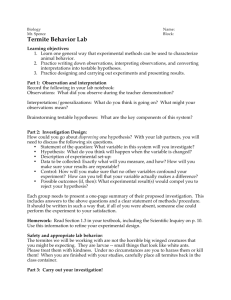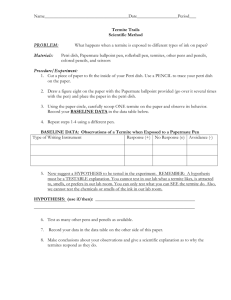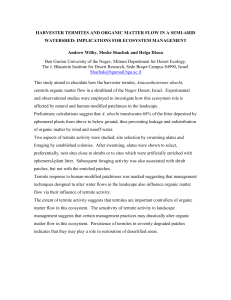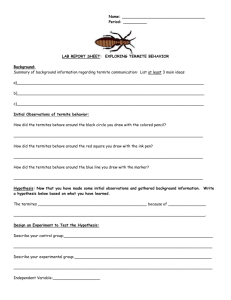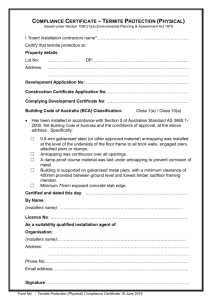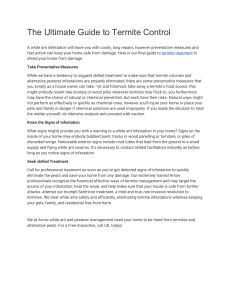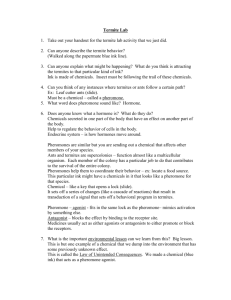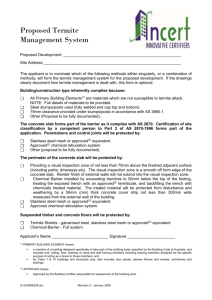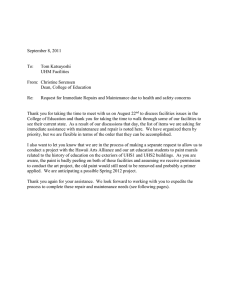Thinking Like a Scientist
advertisement
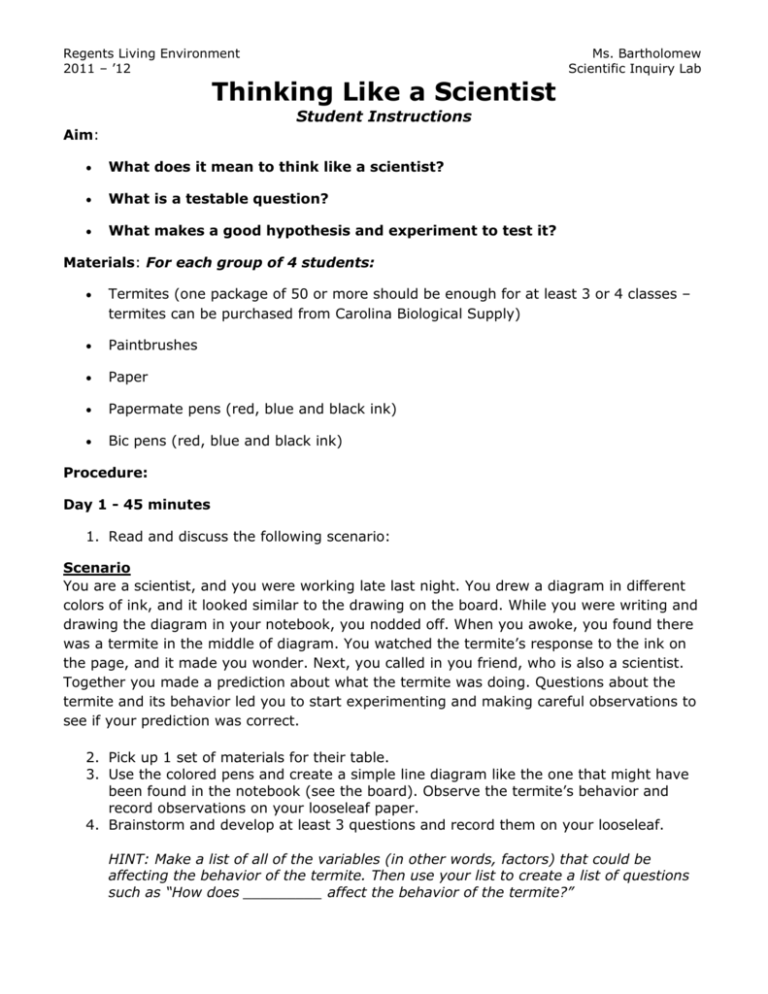
Regents Living Environment 2011 – ’12 Thinking Like a Scientist Ms. Bartholomew Scientific Inquiry Lab Student Instructions Aim: What does it mean to think like a scientist? What is a testable question? What makes a good hypothesis and experiment to test it? Materials: For each group of 4 students: Termites (one package of 50 or more should be enough for at least 3 or 4 classes – termites can be purchased from Carolina Biological Supply) Paintbrushes Paper Papermate pens (red, blue and black ink) Bic pens (red, blue and black ink) Procedure: Day 1 - 45 minutes 1. Read and discuss the following scenario: Scenario You are a scientist, and you were working late last night. You drew a diagram in different colors of ink, and it looked similar to the drawing on the board. While you were writing and drawing the diagram in your notebook, you nodded off. When you awoke, you found there was a termite in the middle of diagram. You watched the termite’s response to the ink on the page, and it made you wonder. Next, you called in you friend, who is also a scientist. Together you made a prediction about what the termite was doing. Questions about the termite and its behavior led you to start experimenting and making careful observations to see if your prediction was correct. 2. Pick up 1 set of materials for their table. 3. Use the colored pens and create a simple line diagram like the one that might have been found in the notebook (see the board). Observe the termite’s behavior and record observations on your looseleaf paper. 4. Brainstorm and develop at least 3 questions and record them on your looseleaf. HINT: Make a list of all of the variables (in other words, factors) that could be affecting the behavior of the termite. Then use your list to create a list of questions such as “How does _________ affect the behavior of the termite?” Regents Living Environment 2011 – ’12 Ms. Bartholomew Scientific Inquiry Lab 5. Talk with your partner and choose 1 question about the termite’s behavior that you think you might be able to answer through experimenting. 6. Make predictions about the answers to their questions on their looseleaf. Then, they should provide reasoning for their predictions. 7. Develop and write out a procedure to test their hypothesis in class on the next day. Day 2 – 45 minutes 9. Students should gather materials, follow their procedures and run the experiment. They should record all observations on their looseleaf. 10.Answer the following questions on a separate sheet of paper. Discussion Questions: Answer all of the following questions to the best of your ability in COMPLETE SENTENCES. Explain yourself and be specific. 1. In order to think as a scientist does, what do you need to do? 2. Explain the results of your experiment. 3. Write a paragraph about scientific thinking using all of the following terms: explanation evidence prediction logic questions observations 4. Explain whether you agree or disagree with each of the following statements: - Scientists observe without making any judgments; scientific observations are objective and bias free. - If two scientists run the same experiment and have similar observations, they will develop the same explanation for the results.
